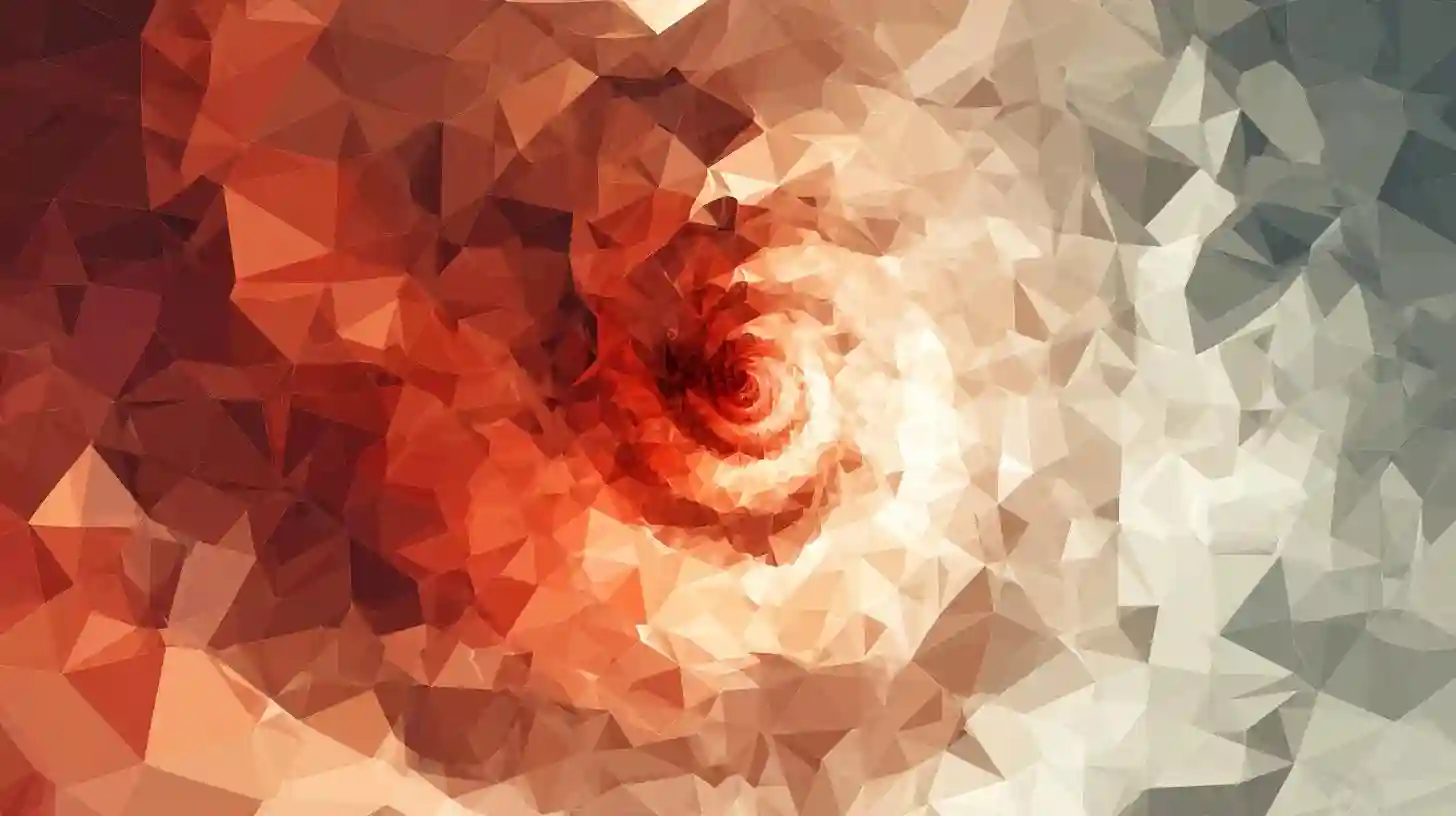
Modern art is a vibrant and diverse movement that emerged in the late nineteenth and early twentieth centuries, fundamentally altering the landscape of artistic expression. It represents a radical departure from the conventions of earlier artistic practices, embracing innovation and redefining the boundaries of creativity. This period marked the transition from traditional forms and methodologies to experimental approaches that sought to capture the complexities of contemporary life.
One of the defining characteristics of modern art is its emphasis on abstraction. Artists began to move away from realistic depictions of subjects, opting instead for shapes, colors, and forms that conveyed emotions and ideas rather than literal representation. This change was influenced by the rapid advancements in technology and the tumultuous social changes occurring during this era, including industrialization, urbanization, and the aftermath of war. The desire to depict the new reality called for a fresh visual language, and artists responded with works that were often fragmented and non-linear.
Cubism, a prominent modern art movement pioneered by figures like Pablo Picasso and Georges Braque, exemplifies this shift towards abstraction. By breaking objects into geometric shapes, Cubism allowed artists to present multiple perspectives within a single work. This innovative approach encouraged viewers to engage actively with the piece, piecing together the fragmented views and interpretations. It challenged the traditional notions of art and representation, prompting a reevaluation of how one perceives reality itself.
In tandem with Cubism, other movements emerged, each contributing to the rich tapestry of modern art. Futurism, for example, celebrated movement and speed, reflecting the dynamism of the modern world. Artists like Umberto Boccioni sought to capture the energy of contemporary life, portraying scenes of bustling cities and rapid motion. This movement echoed the sentiments of the time, emphasizing the excitement and anxiety that came with technological progress.
Surrealism, another influential modern art movement, delved into the realms of the unconscious mind. Artists such as Salvador Dalí and René Magritte sought to explore dreams, fantasies, and irrationality. Their works often feature bizarre juxtapositions and dreamlike imagery, encouraging viewers to look beyond surface appearances and engage with the deeper psychological truths hidden within their own minds. This exploration of the subconscious not only expanded the artistic vocabulary but also opened new avenues for understanding human experience.
The rise of abstract expressionism in the mid-twentieth century further pushed the boundaries of modern art. Artists like Jackson Pollock and Mark Rothko focused on the act of painting itself, prioritizing the emotional and psychological experience over representational concerns. Pollock's drip paintings, characterized by their chaotic splatters and spontaneous gestures, sought to express the raw energy of the creative process. In contrast, Rothko's color fields aimed to evoke deep emotional resonance, inviting viewers to lose themselves in the vibrant hues and atmospheric compositions. This emphasis on feeling and individual expression marked a significant departure from earlier artistic conventions, aligning with the broader cultural shifts of the era.
Modern art also saw the emergence of installation art, which transformed the concept of what art could be. Artists began to create immersive environments that invited viewers to participate actively. Works by artists like Yayoi Kusama, with her infinity rooms, and Christo and Jeanne-Claude, known for wrapping buildings and landscapes, blurred the lines between art and experience. These installations often challenged the viewer’s perception of space and the physical world, prompting reflection on themes such as consumption, identity, and the passage of time.
While modern art has often faced criticism for its departure from tradition, it has undeniably reshaped the artistic landscape. It has fostered an environment where diversity and experimentation are celebrated, allowing artists to explore myriad themes and emotions without the constraints of established norms. Moreover, the accessibility of modern art, from public installations to gallery exhibitions, has invited wider audiences to engage with and appreciate artistic expression.
As we navigate the complexities of contemporary life, modern art continues to inspire and provoke. Its legacy is evident in the works of contemporary artists who draw from its innovations while pushing new boundaries. The ongoing dialogue between tradition and modernity remains a central theme in the world of art, ensuring that the spirit of innovation will continue to thrive. Modern art has not only transformed the way we perceive art itself but has also contributed to a broader cultural conversation about identity, existence, and the nature of reality.